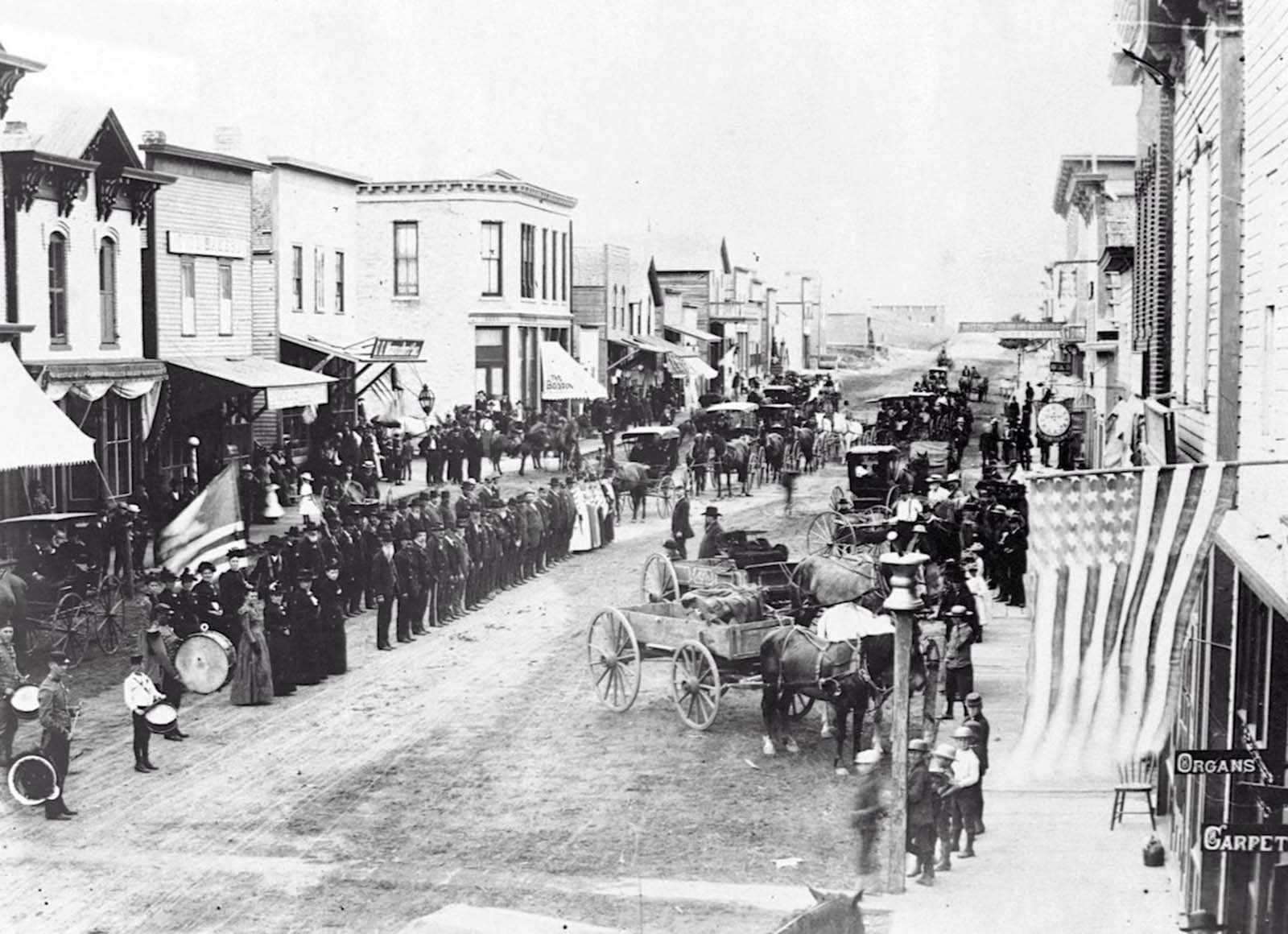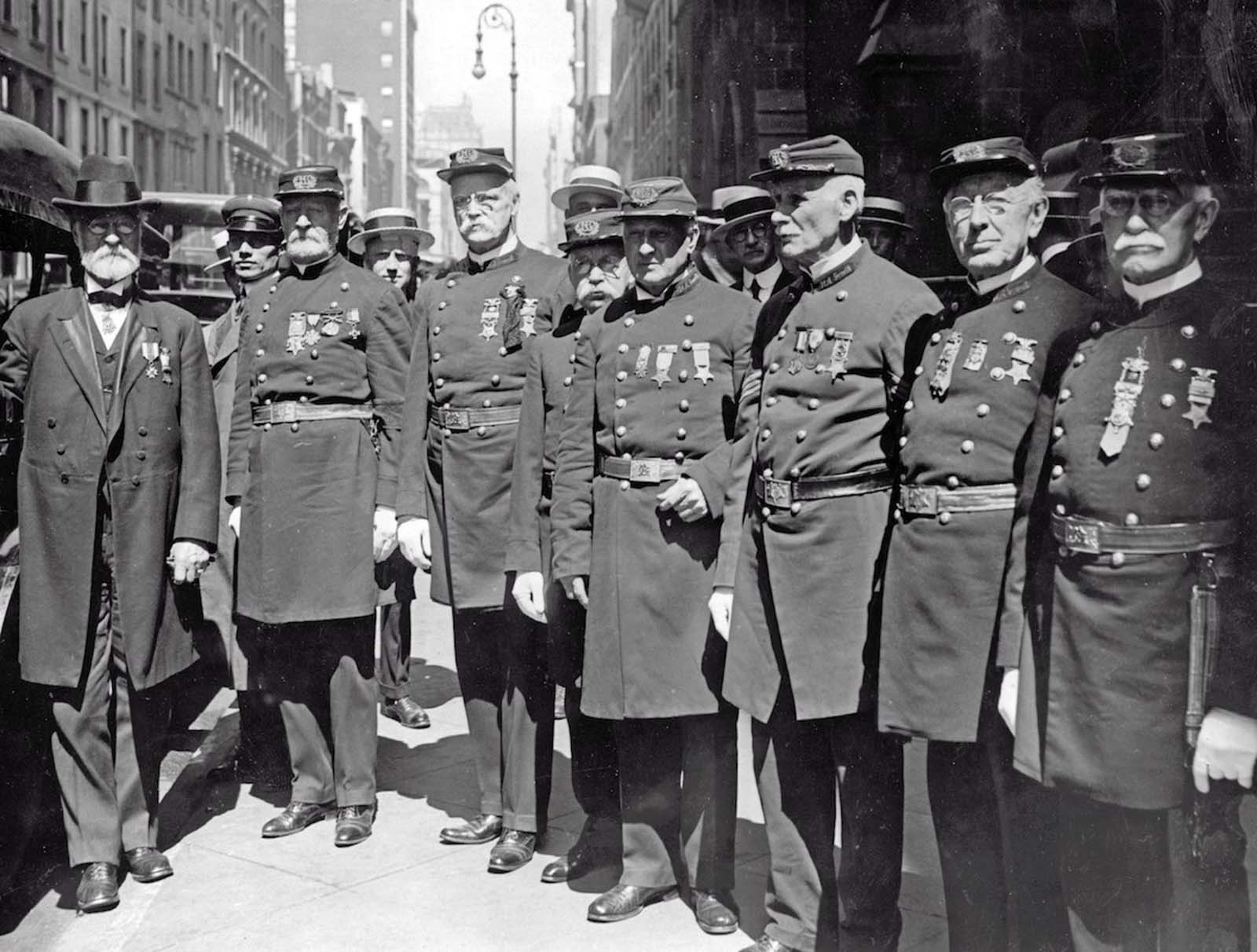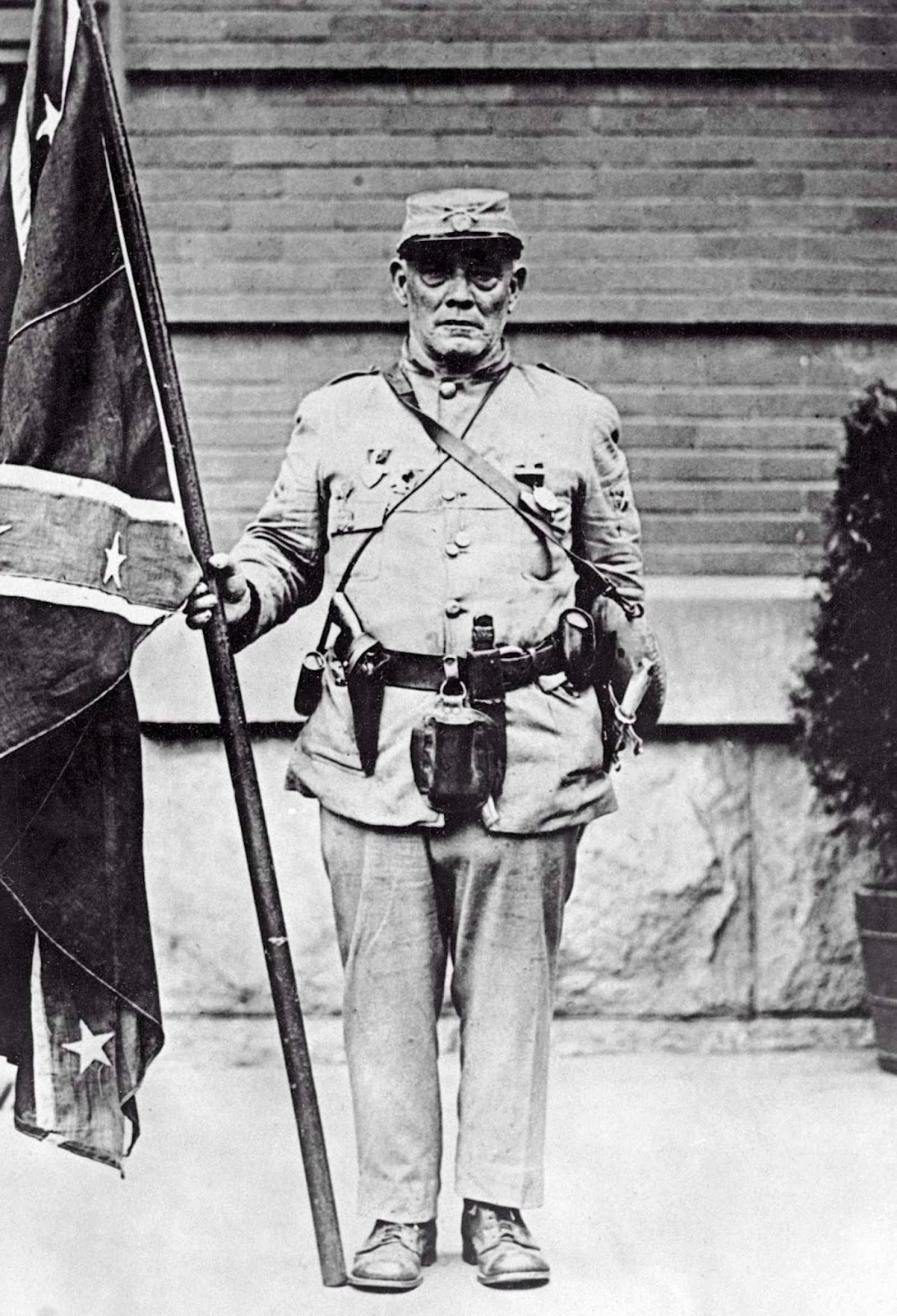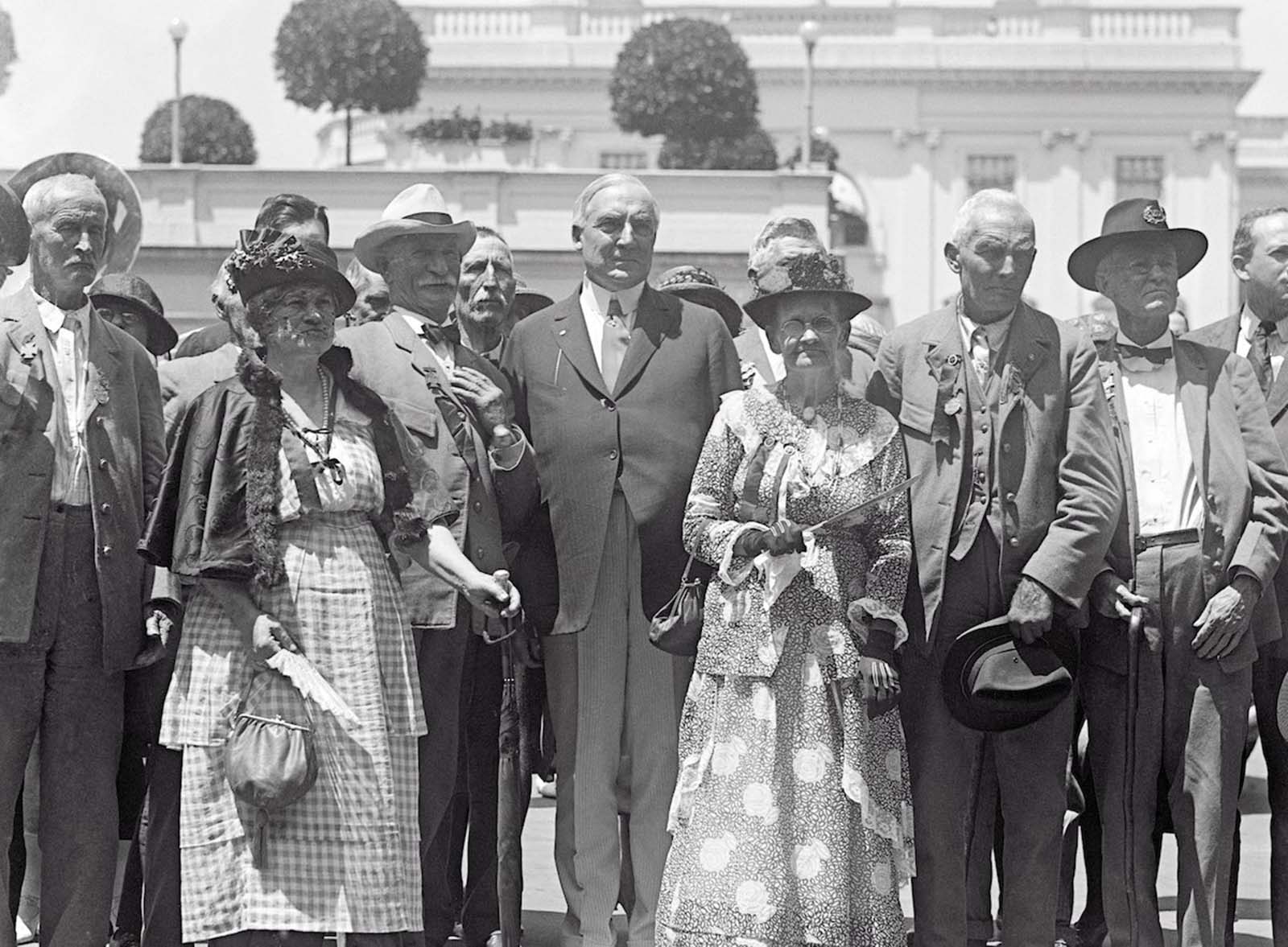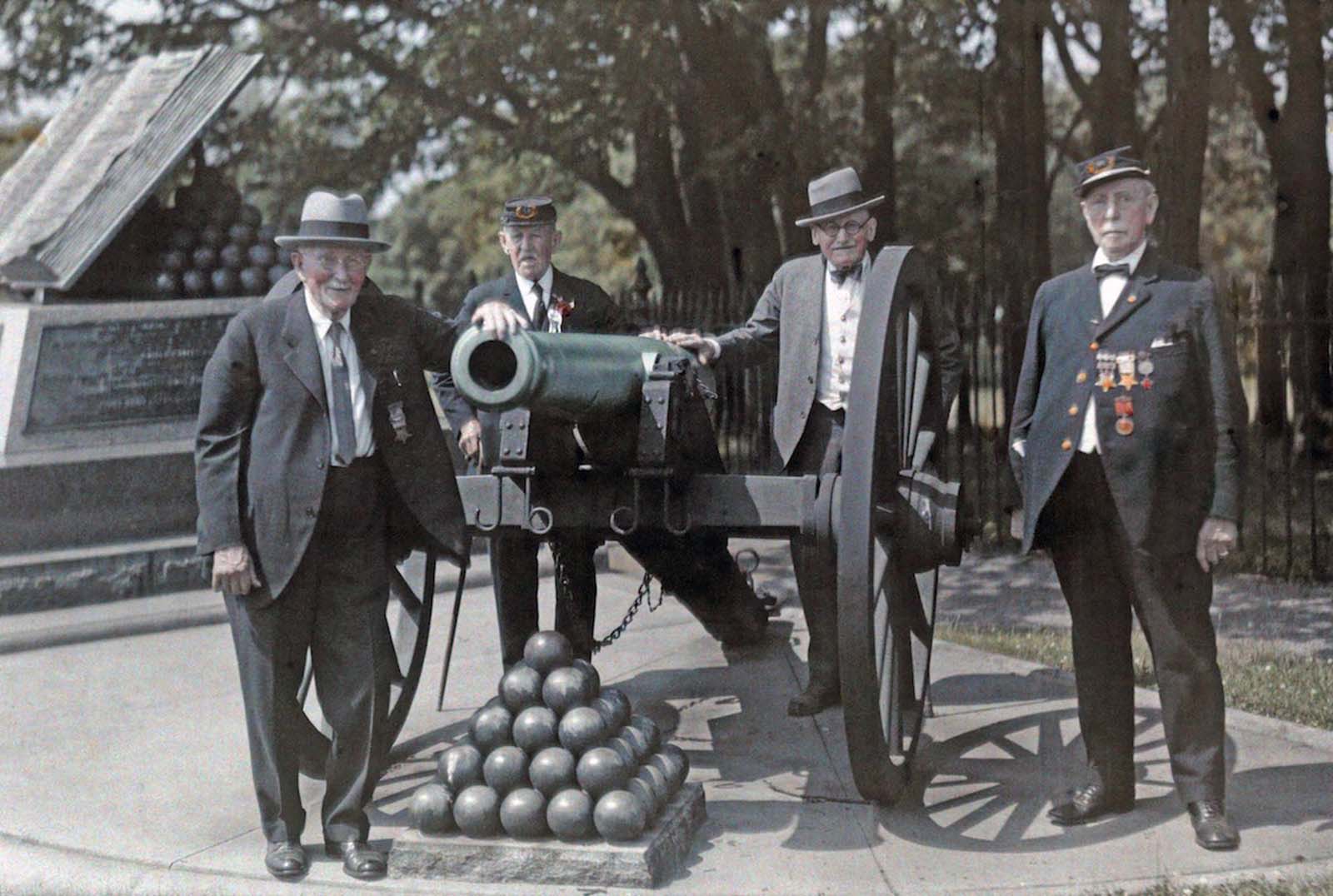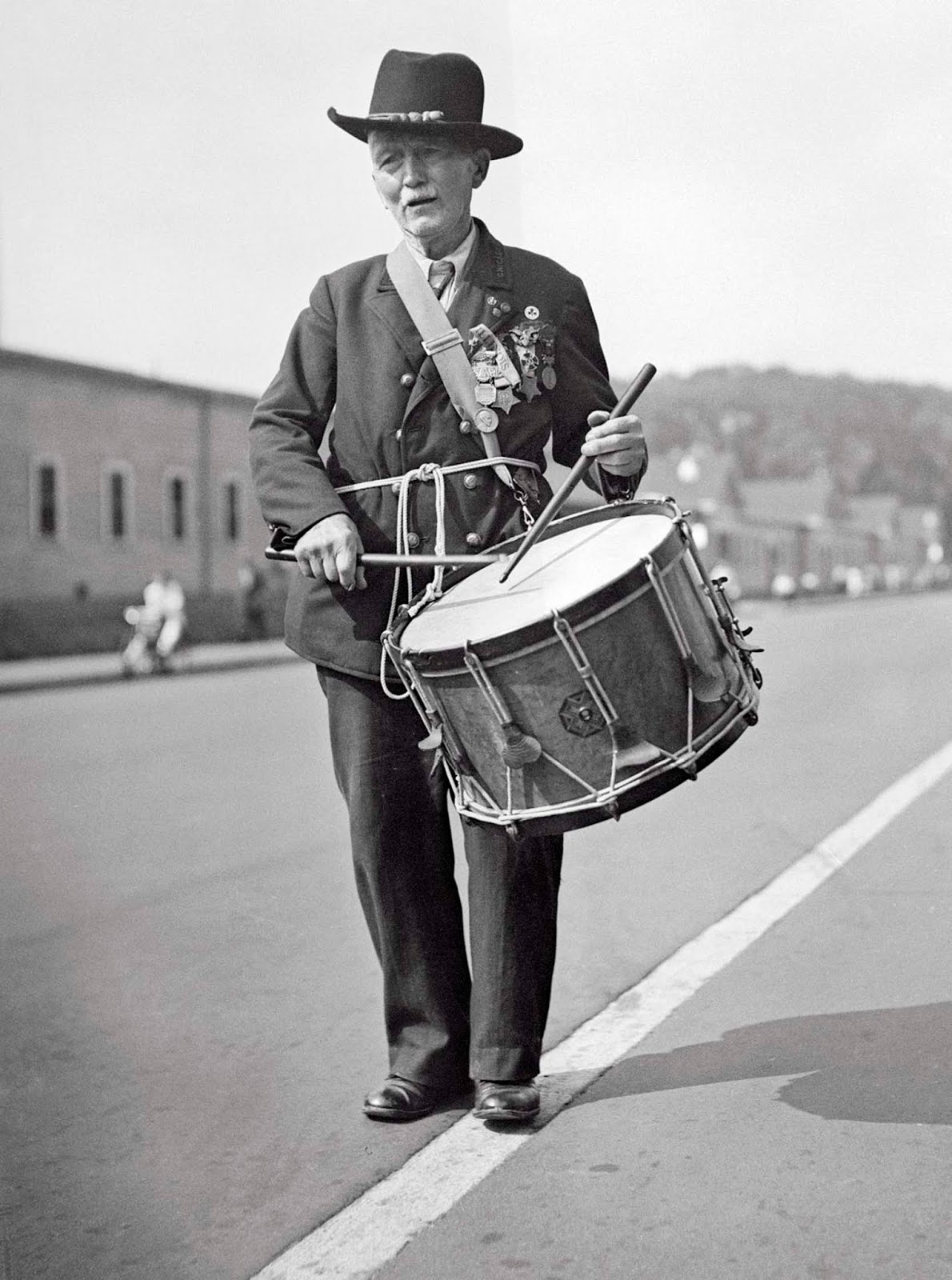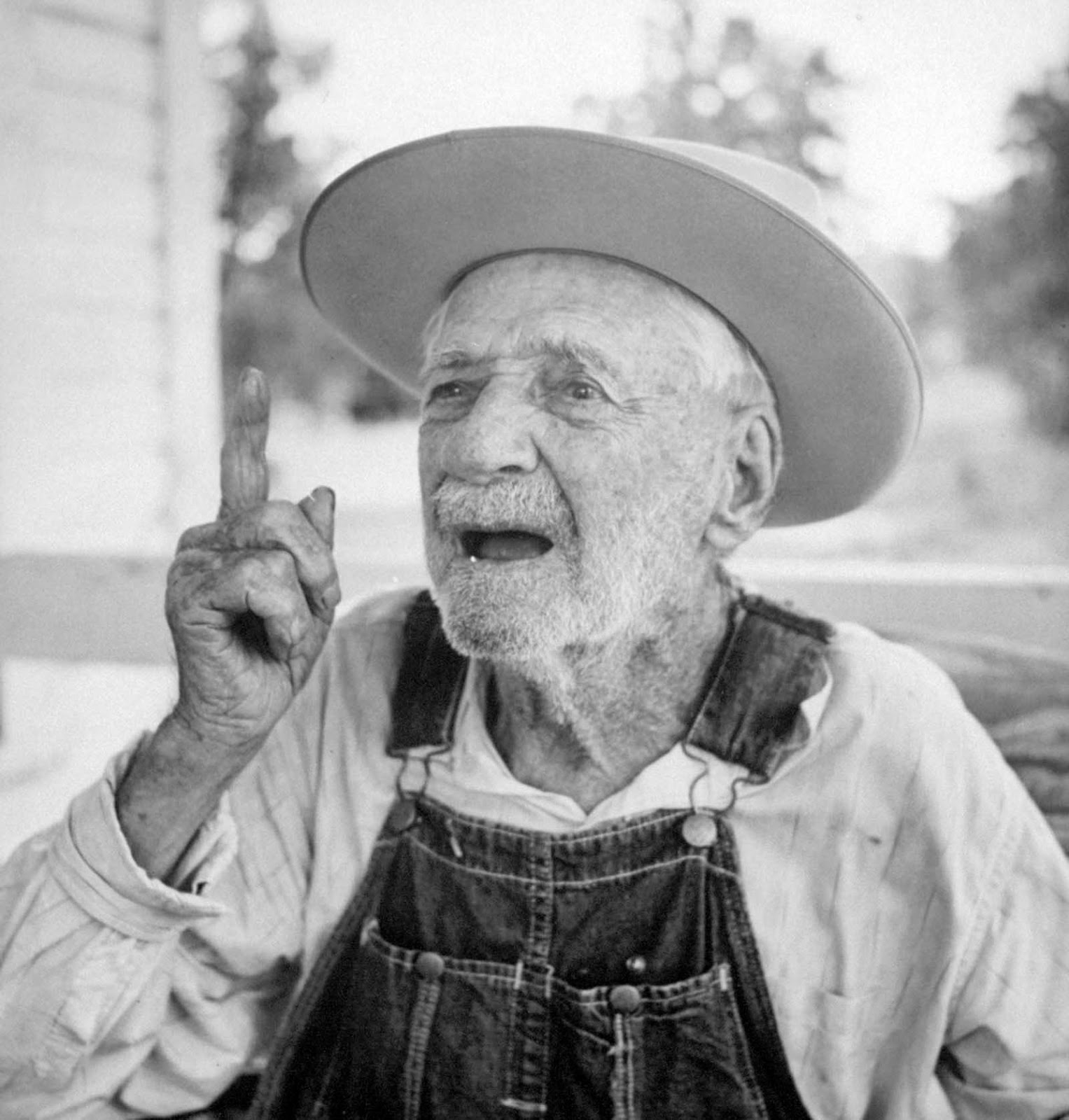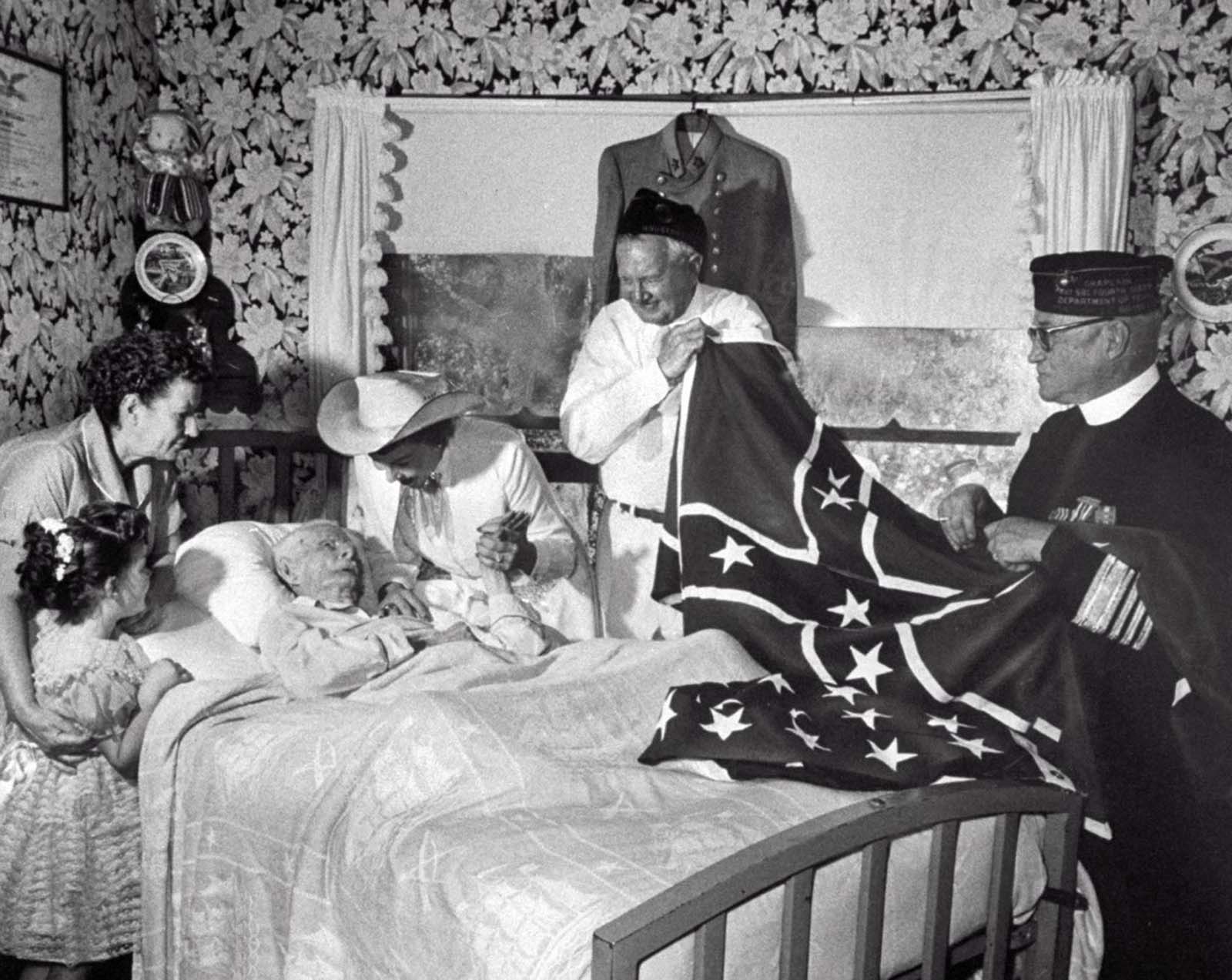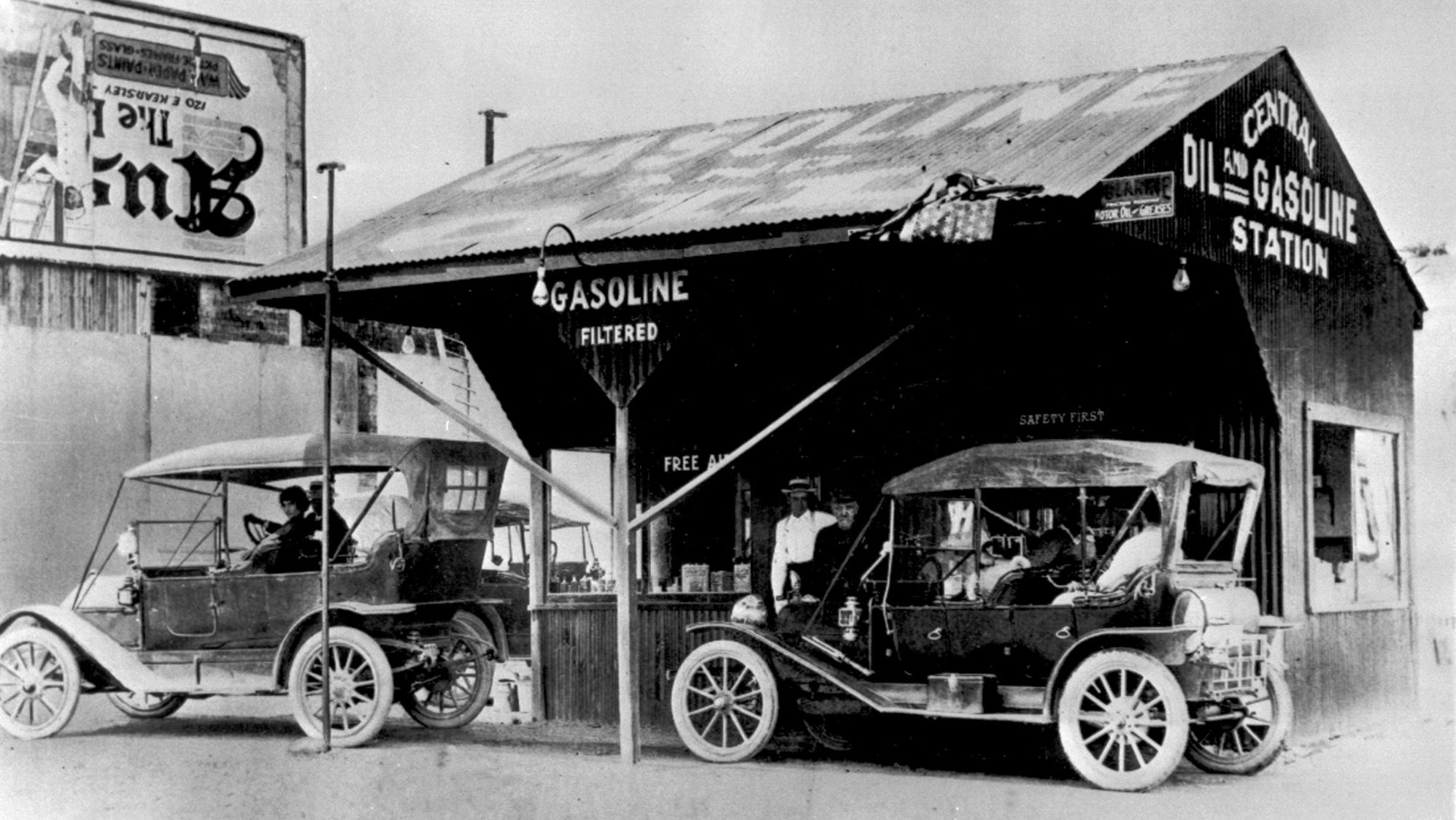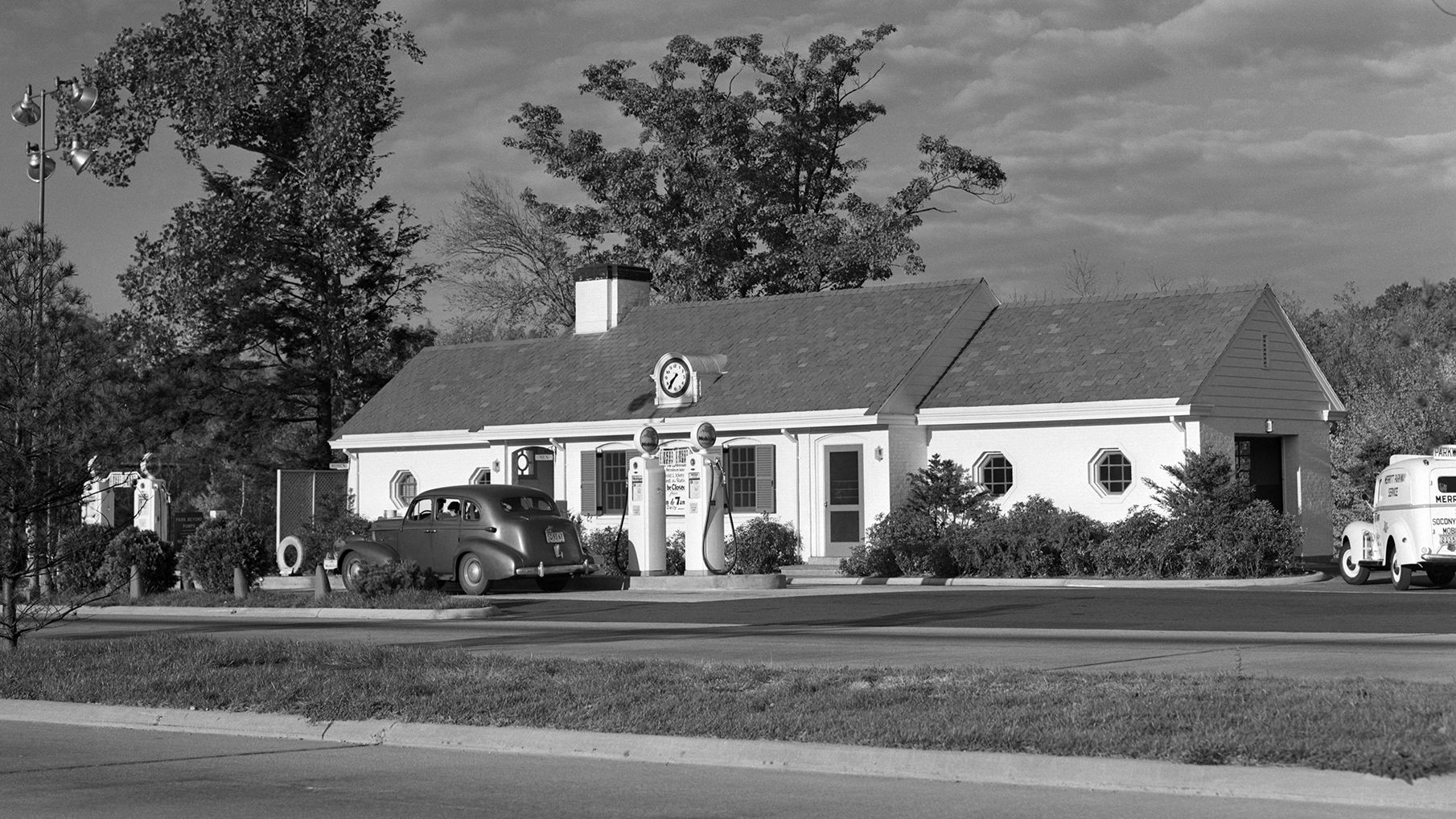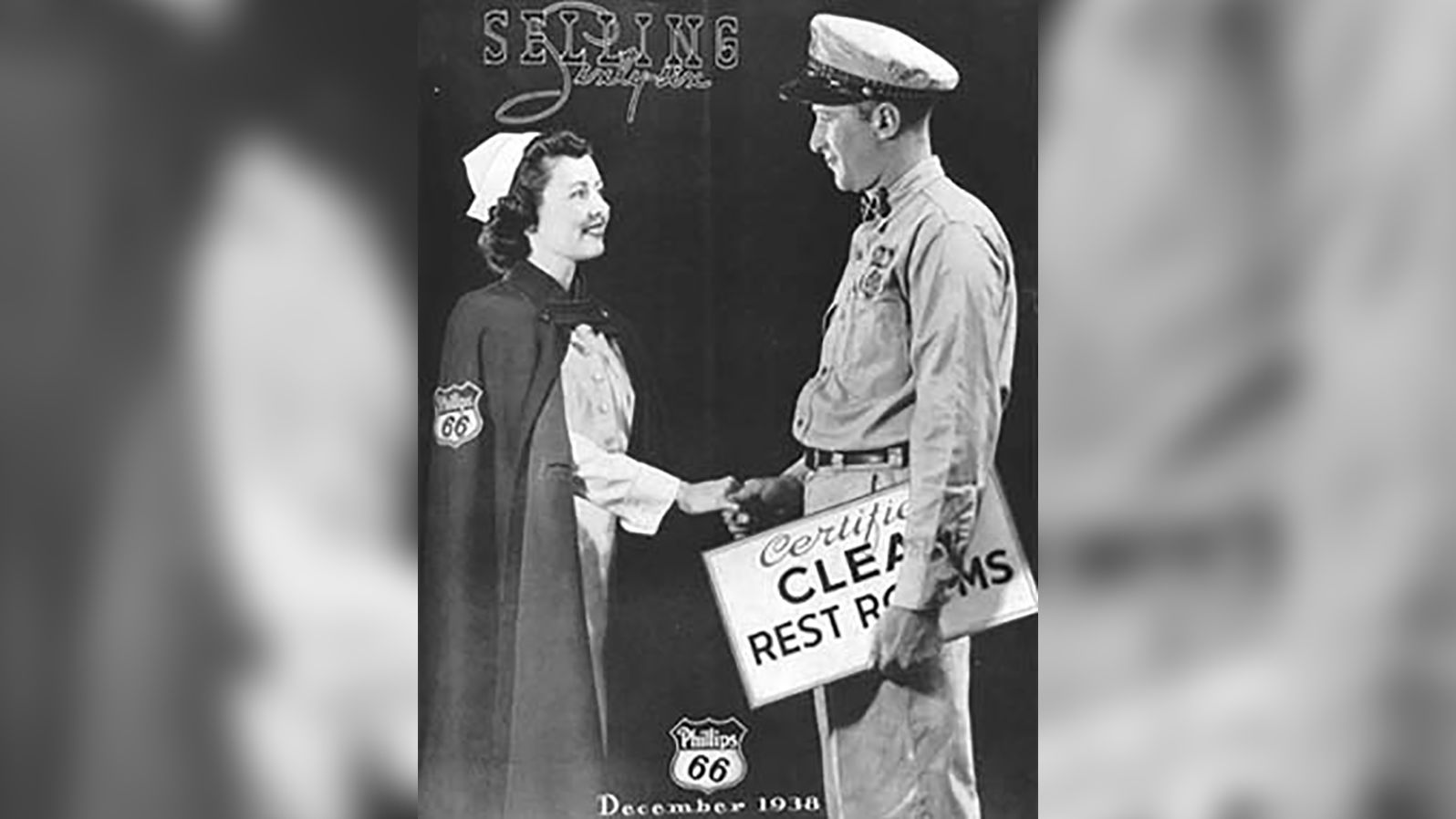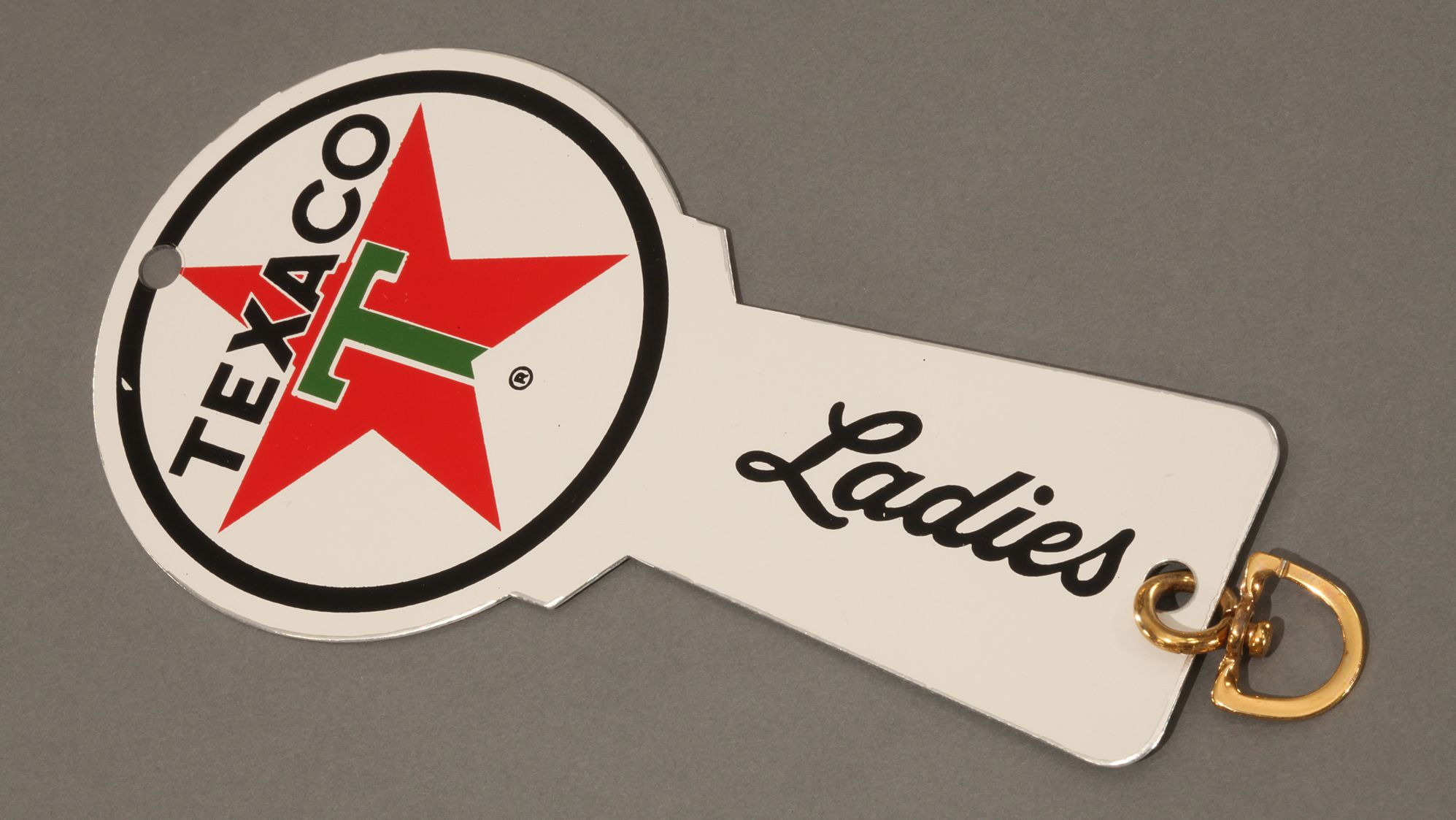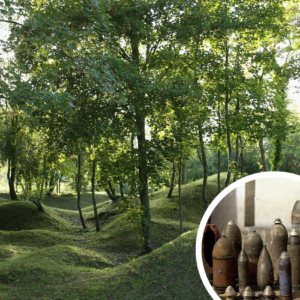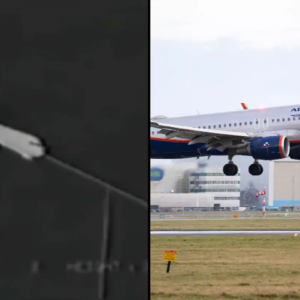P-38 The Hated Fighter Bomber

The Lockheed P-38 Lightning emerged as a formidable fighter during the Second World War, known for its striking presence on the battlefield.
On August 14, 1942, a pilot manning the controls of a novel American fighter, the P-38 Lightning, swooped from the Atlantic skies. The P-38 lived up to its name, embodying the swift and potent characteristics of a natural phenomenon.
Its prey was the German Focke-Wulf Fw-200 Condor patrol bomber, a crew unacquainted with such an adversary.
The P-38’s unique architecture, especially its dual tails, endowed the Lightning with a revolutionary appearance. Firing a barrage of 409 rounds a minute from its front-mounted armament, the pilot quickly brought down the Condor, recording the initial downing of a German plane by an American during the war.
Contents
“Fork-Tailed Devil.”
In the following six months, the P-38 demonstrated its adaptability in the deserts of North Africa. A German pilot, overcome with panic, capitulated to the forces in an Allied encampment near Tunisia, frantically pointing skyward and uttering the term “der Gableschwanz Teufl” repeatedly.
After interpreting his words, U.S. officials unraveled the essence of his dread. The P-38 had earned an ominous moniker: the “fork-tailed devil.”
 Lightning 43-28650 #5 named “Sweet Sue” of the 27th FS 1st Fighter Group, Italy.
Lightning 43-28650 #5 named “Sweet Sue” of the 27th FS 1st Fighter Group, Italy.
The P-38 stood out as an exceptional fighter-bomber during the war, asserting aerial supremacy in both the Pacific and European theaters.
It served in a versatile array of roles—from protective fighter, to bomber escort, to tactical bomber. Most prominently, it was the instrument that led to the downfall of Japan’s most formidable military leader.
Lockheed, fresh in the defense sector, presented the XP-38, an innovative design that broke away from traditional aircraft structures, showcasing a tri-pod configuration and twin tails.
The side pods aligned with the tails housed an Allison V-1710 engine each, boasting 1,000 horsepower.
Despite its unconventional design, the Army embraced the XP-38, driven by the necessity for its robust power and velocity to rival the latest German and British aircraft. It was heavily armed, featuring an arsenal of four .50-caliber machine guns and a solitary 20 mm cannon, all mounted within the aircraft’s nose.
Skunk Works
Lockheed created a secret team for the project. They called it “Skunk Works” later. Hall Hibbard and Clarence “Kelly” Johnson led Lockheed’s design team. They reviewed various twin-engined layouts. Push-pull propellers were one option.
 The prototype YP-38 fighter undergoes wind tunnel tests at Lockheed facilities. Engineers with Lockheed developed the twin-engine configuration for the P-38 Lightning to meet the specifications set out by the U.S. Army Air Corps in 1937.
The prototype YP-38 fighter undergoes wind tunnel tests at Lockheed facilities. Engineers with Lockheed developed the twin-engine configuration for the P-38 Lightning to meet the specifications set out by the U.S. Army Air Corps in 1937.
They chose a unique design, similar to few others like the Fokker G.I. The Northrop P-61 and the SAAB 21 also had this form. The team opted for twin booms. These would hold the tail, engines, and turbosuperchargers. The pilot and weapons would sit in a central pod.
The XP-38 gondola was to have two .50-caliber guns and two .30-caliber guns. It would also feature a prototype T1 autocannon. The YP-38s replaced the T1 with a 37 mm autocannon. This had three five-round clips. But this setup didn’t work well in flight.
From March to June 1941, they tested more armaments. The P-38E ended up with four machine guns and one 20 mm cannon. This layout was rare. U.S. planes usually had wing-mounted guns. The P-38’s nose guns could hit targets up to 1,000 yards away. Other planes had guns optimized for a certain range.
The P-38’s cannon fired 650 rounds per minute. The machine guns fired 850. The combined fire rate was over 4,000 rounds per minute. The cannon could fire for 14 seconds. The machine guns could fire for 35 seconds with full magazines.
Lockheed’s design also had a new landing gear and a bubble canopy. It featured two 1,000 hp engines with unique propellers. These helped cancel out engine torque. The engines had opposite-turning crankshafts.
The P-38 used stainless steel and smooth aluminum panels. It was the first American fighter to fly over 400 mph in level flight.
Major Designs Issues
Test flights showed issues, first thought to be tail flutter. At speeds close to Mach 0.68, especially in dives, the tail shook and the nose dipped.
 The P-38 was exceptionally quiet for a fighter, due to its exhaust being muffled by turbo-superchargers.
The P-38 was exceptionally quiet for a fighter, due to its exhaust being muffled by turbo-superchargers.
In this dive, the P-38 would stall and the controls would freeze. The pilot had to escape or wait to regain control in denser air. In May 1941, Major Signa Gilkey managed to ride out this lockup and recovered using the trim.
Lockheed engineers knew this was a big problem. However, they had to prioritize their current orders first. By June 1941, the service renamed itself as the U.S. Army Air Forces (USAAF). By September, they delivered 65 Lightnings to the USAAF and allies.
By November, Lockheed had time to address the dive control issue. They tested new ideas. The first was adding spring-loaded tabs to the elevators.
These tabs would help pilots in high-speed dives. Test pilot Ralph Virden had to follow a specific test plan. He had to avoid fast moves at low altitudes. A warning was taped to his panel about this.
Death of Virden
On November 4, 1941, Virden flew YP-38 #1 and followed the test plan. But then he went into a steep dive and tried to pull out. The tail failed and Virden died in the crash. The engineers rejected the servo tabs as a solution.
 P-38 Lightning Salvage Depot Clark Field Luzon Philippine Islands 25 June 1945
P-38 Lightning Salvage Depot Clark Field Luzon Philippine Islands 25 June 1945
Lockheed had to keep searching for the cause. The Army insisted it was flutter and pushed for a closer examination of the tail.
In 1941, flutter usually meant a weak tail. But the P-38’s tail was rigid, fully covered in aluminum. The P-38 never really had flutter. To demonstrate, Lockheed added thicker metal to one tail. However, this did not change the vibrations or the dive issue.
Lieutenant Colonel Kenneth B. Wolfe suggested trying external mass balances. The P-38 already had internal balances. But they tested various external ones with risky flights. Kelly Johnson reported to Wolfe that these did not solve the vibration or dive issues. Despite this, Wolfe insisted on adding them to all P-38s.
The P-38 Had Dive Issues
Johnson, in his autobiography, urged the National Advisory Committee for Aeronautics to conduct wind tunnel tests. They hesitated, fearing damage at high speeds.
General Arnold, head of the Army Air Forces, commanded them to proceed. The tests, conducted up to Mach 0.74, identified the P-38’s dive issue. The center of pressure moved rearward in high-speed airflow.
 The arrangement of its nose-mounted armament, a deadly combination of a 20mm cannon with four .50-caliber machine guns. The P-38 was an excellent fighter bomber, capable of carrying a bomb load and rockets.
The arrangement of its nose-mounted armament, a deadly combination of a 20mm cannon with four .50-caliber machine guns. The P-38 was an excellent fighter bomber, capable of carrying a bomb load and rockets.
The fix involved altering the wing’s underside geometry during dives. This kept the lift in check. In February 1943, Lockheed tested quick-acting dive flaps.
The test pilots confirmed their effectiveness. Installed beyond the engines, these flaps dropped 35° in 1.5 seconds. Rather than slowing the plane, they maintained lift.
By late 1943, Lockheed had dive flap kits ready for field modifications. These would allow P-38s in various theaters to handle compressibility better. However, logistics faltered. In March 1944, an RAF fighter downed a C-54 carrying 200 kits to England, mistaking it for an enemy craft.
Back in Burbank, they fitted P-38Js fresh off the line with dive flaps outdoors. By June 1944, the last 210 P-38Js received them on the production line. Despite proven benefits, a 14-month delay meant only the last batch of Lightnings got the dive flaps on the assembly line.
Johnson later recalled:
I broke an ulcer over compressibility on the P-38 because we flew into a speed range where no one had ever been before, and we had difficulty convincing people that it wasn’t the funny-looking airplane itself, but a fundamental physical problem. We found out what happened when the Lightning shed its tail and we worked during the whole war to get 15 more kn [28 km/h] of speed out of the P-38. We saw compressibility as a brick wall for a long time. Then we learned how to get through it.
The P-38 was the first US fighter able to fly faster than 400 mph.
The P-38 had another issue due to its counter-rotating propellers spinning outward at the top. If one engine failed during takeoff, the plane would yaw and roll toward the failed engine. Standard twin-engine takeoff procedure is to go full throttle on the remaining engine.
Yet, doing this in a P-38 caused a sudden, uncontrollable roll and crash. Pilots learned to manage this by easing off the good engine, feathering the dead one, and then slowly increasing power for stable flight. Full throttle takeoffs with one engine weren’t possible with a full load.
The P-38’s engines ran quietly, thanks to the turbosuperchargers muffling the exhaust. Cockpit temperature control was problematic.
In the tropics, pilots overheated as the canopy couldn’t fully open. In cold climates, they froze since the engines were too far for heat transfer. Later models had fixes like heated suits.
Armoured Glass
Before YP-38s were tested, the USAAC ordered 66 P-38s on September 20, 1939. By mid-1941, the USAAF received 30, some unarmed. These were later armed with machine guns and a cannon. They also got armored glass and cockpit protection.
 View of a P-38G cockpit. Note the yoke, rather than the more-usual stick.
View of a P-38G cockpit. Note the yoke, rather than the more-usual stick.
One experimental unit had a pressurized cabin and was named XP-38A. Based on European reports, the last 36 were updated for combat and called P-38Ds. There were no P-38Bs or Cs. The P-38Ds helped iron out issues and familiarized the USAAF with the aircraft.
In March 1940, the French and British placed a $100M order for 667 P-38s. They designated these as Model 322F for France and Model 322B for Britain. This variant mirrored the P-38E.
They wanted Allisons like their P-40 Tomahawks and skipped counter-rotating engines and turbosuperchargers. The target speed was 400 mph at 16,900 ft. France’s fall led Britain to inherit the order, naming it “Lightning.”
By June 1941, British experiences from recent air battles led them to adjust their specs. They changed the contract in August. Now, 143 would stay as ordered, becoming “Lightning I.” The rest would upgrade to P-38E levels, as “Lightning II.”
Pearl Harbor Changed Everything
That summer, an RAF pilot’s report on “tail flutter” led to the cancellation of most Lightning Is. Lockheed insisted on honoring the original contract. The discussions turned sour.
Pearl Harbor’s attack shifted things. The U.S. took 40 Model 322s for homeland defense. The rest went to the USAAF from January 1942. The RAF tested three by May at various British facilities.
These lacked armament and turbochargers and were limited to 300 mph. They returned to the USAAF later.
Out of 140 Lightning Is, 19 remained unchanged as RP-322-Is. The rest became P-322-IIs, used for training without turbochargers. Some RP-322s served as modification test beds. Below 16,000 ft, the RP-322 was fast and stable.
The 524 Lightning IIs got stronger F-10 engines and wing pylons for extra fuel or bombs. They served in the Pacific as F-5A recon or P-38G fighter planes.
The latter played a key role in downing Admiral Yamamoto. Miss Virginia, a G model, participated in that mission. It had seen earlier action against Japanese planes and ships.
The British kept the “Lightning” name, over Lockheed’s “Atalanta,” following their mythological naming tradition.
Range extension
The USAAF’s Bomber Mafia, opposed by some, set a policy in the 1930s. They opposed researching long-range fighters, seeing them as impractical.
They did not want this research competing with bomber development. Aircraft makers knew adding range-extending subsystems to fighters wouldn’t get them rewards.
 The versatile Lockheed design served in all theaters of World War II and in roles as a bomber escort, fighter bomber, and reconnaissance aircraft.
The versatile Lockheed design served in all theaters of World War II and in roles as a bomber escort, fighter bomber, and reconnaissance aircraft.
Lieutenant Kelsey challenged this stance. In late 1941, he risked his career by persuading Lockheed to add these subsystems to the P-38E.
He did this verbally to avoid a paper trail. Kelsey may have been reacting to Colonel Goddard’s view. The US needed a fast, long-range reconnaissance plane. Lockheed also began modifying some P-38Es for reconnaissance, naming them F-4-1-LO. They equipped these with cameras and drop tanks for extended range.
After Pearl Harbor, about 100 P-38Es underwent modifications in Texas or at Lockheed’s new plant. They received cameras and could carry drop tanks. P-38Fs received this upgrade too.
From the P-38G model onwards, all Lightnings could have drop tanks from the start.
B-17 Escorts
In March 1942, General Arnold commented on bypassing U-boat threats by flying fighters to the UK. Roosevelt highlighted his interest in this approach.
Arnold likely knew about the P-38’s range extension success with small drop tanks. He pushed for testing larger tanks, which gave the P-38 a 2,500-mile ferry range. However, they used smaller tanks for Operation Bolero due to supply.
 Lockheed P-38 Lightning Flies Over A Coast Line Near Ostend Belgium May 1945
Lockheed P-38 Lightning Flies Over A Coast Line Near Ostend Belgium May 1945
The first seven P-38s, escorted by two B-17s, left Maine for Scotland on June 23, 1942. They refueled in Canada, Greenland, and Iceland.
Despite some losses mainly due to bad weather and navigation issues, nearly 200 P-38Fs reached Britain by August 1942. This made the P-38 the first USAAF fighter in Britain and the first to cross the Atlantic by itself. Kelsey flew one, landing in Scotland on July 25.
Into Combat
The F-4, a modified P-38E with cameras instead of guns, was the first Lightning in active service. It joined the 8th Photographic Squadron in Australia on April 4, 1942. For a brief period from September 1942, the Royal Australian Air Force also used three F-4s.
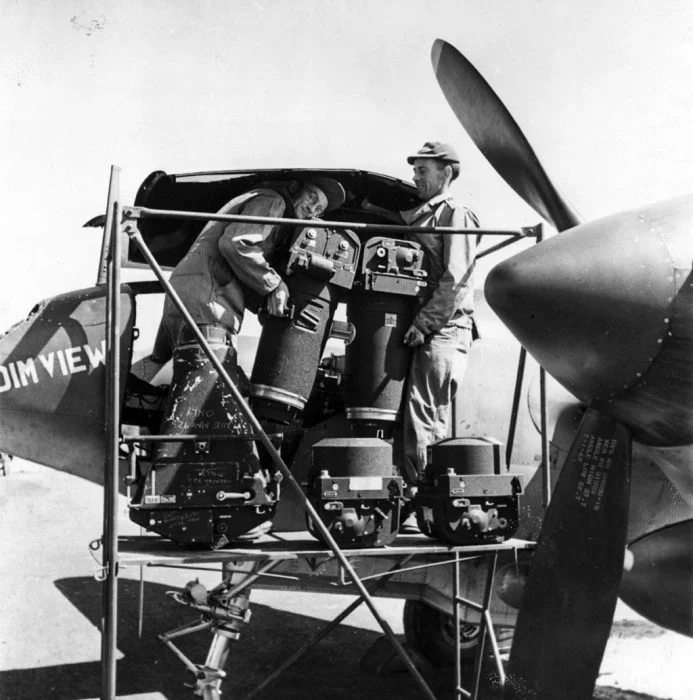 Engineers fit cameras into a reconnaissance variant of the P-38
Engineers fit cameras into a reconnaissance variant of the P-38
On May 29, 1942, 25 P-38s started missions in Alaska’s Aleutian Islands. Their long range suited the vast island chain, and they flew there throughout the war.
The harsh Aleutian weather proved tougher than enemy forces, causing more Lightning losses. Pilots, disoriented by monotonous grey skies, sometimes crashed into the sea.
On August 9, 1942, two P-38Es from the 343rd Fighter Group made the first Lightning kills. They downed two Japanese Kawanishi H6K flying boats after a 1,000-mile patrol.
European theater
Following the Battle of Midway, the USAAF redeployed fighters to Britain for Operation Bolero. The 1st Fighter Group’s Lightnings flew to Iceland then across the Atlantic.
On August 14, 1942, Second Lieutenants Elza Shahan and Joseph Shaffer from Iceland downed a Focke-Wulf Fw 200 Condor. Shaffer, possibly in a P-40C or P-39, hit it first.
 An Fw 200 Condor was the first German aircraft to be shot down by a US fighter. It was on patrol over Iceland.
An Fw 200 Condor was the first German aircraft to be shot down by a US fighter. It was on patrol over Iceland.
Shahan, in his P-38F, delivered the final blow. This marked the first Luftwaffe aircraft the USAAF destroyed.
After 347 fruitless sorties, the 1st and 14th Fighter Groups shifted from the UK to North Africa’s 12th Air Force for Operation Torch.
Using the Lightning’s range, pilots bypassed neutral territories to refuel in Morocco. Initially, they stationed at Tafaroui Airfield in Algeria.
The P-38s first saw North African combat on November 11, 1942. Lieutenant Mark Shipman achieved the first P-38 kill in North Africa on November 22. He later downed a Bf 109 and a Me 323 Gigant.
Results in the Mediterranean were mixed. Some P-38 pilots became aces; others fell to inexperience or tactics. The P-38 saw its highest losses here, primarily escorting bombers.
First Downing of a P-38 by the a German Fighter
Initially, they stayed close to bombers, making them easy prey for German fighters. As losses climbed, P-38s from the UK reinforced them. By February 1943, tactics shifted, granting P-38s more combat freedom.
The first major German victory against P-38s occurred on November 28, 1942. Bf 109 pilots claimed seven Lightnings with no losses. German pilots continued to dominate several encounters into January 1943.
 Lt Robert Amon inspecting damage to the tail boom of his P-38.
Lt Robert Amon inspecting damage to the tail boom of his P-38.
Virgil Smith and Jack Illfrey became the first P-38 aces by December 26. Smith’s sixth victory came on December 28, but he died two days later, likely hit by Herbert Rollwage, who survived the war with over 70 kills.
The 14th Fighter Group’s heavy losses in December 1942 led to reinforcements from the 82nd FG from the UK. William J. “Dixie” Sloan of the 82nd scored on January 7, 1943, during a bomber escort. Sloan, known for his independence, had 12 victories by July.
After more losses in January, the 14th FG had to regroup, sending pilots home and transferring Lightnings to the 82nd. They paused for three months, returning to action in May.
Western ETO
On April 5, 1943, the 82nd’s 26 P-38Fs claimed 31 enemy aircraft, securing air control in the region. This feat supposedly earned the German nickname “der Gabelschwanz Teufel” – Fork-tailed Devil.
 Droop Snoot P-38J code KI-C of the 402nd FS 370th Fighter Group, Luxemburg April 1945
Droop Snoot P-38J code KI-C of the 402nd FS 370th Fighter Group, Luxemburg April 1945
A downed German pilot reportedly coined this as Life magazine described in August 1943. However, this nickname’s origin is questionable, as it might have aimed to boost the P-38’s image in America.
The P-38 remained a key player in the Mediterranean, engaging in and enduring combat.
On August 30, 1943, 13 P-38s fell to Axis fighters while guarding bombers over Italy. On September 2, German Bf 109s from JG 53 downed 10 Lightnings, claiming four, including ace Franz Schieß’s aircraft.
German pilots had mixed views on the P-38. Some saw it as an easy target; others respected its capabilities. Johannes Steinhoff of JG 77 admitted dogfighting with P-38s was challenging due to their agility.
Franz Stigler avoided head-on fights, calling them suicidal. He suggested diving to escape the slower-rolling P-38.
General Adolf Galland
Herbert Kaiser, who downed a P-38, respected its speed and maneuverability over his Bf 109G-6. Johann Pichler found the 1943 P-38 faster in climbs. Kurt Bühligen recounted shooting down seven P-38s in Africa, saying they were vulnerable.
General Adolf Galland compared the P-38’s weaknesses to the Bf 110, finding German fighters superior. Heinz Bäer considered them not challenging to outmaneuver.
 Lt OBannon a Lockheed P-38 Lightning Reconnaissance Pilot, Mount Farm England 7th Photo Group 1 July 1943
Lt OBannon a Lockheed P-38 Lightning Reconnaissance Pilot, Mount Farm England 7th Photo Group 1 July 1943
A P-38G landed in Sardinia by mistake on June 12, 1943, after a compass failure. Angelo Tondi, an Italian test pilot, then flew it for evaluations.
On August 11, Tondi attacked bombers, reportedly downing B-17G “Bonny Sue.” The 301st BG later reported losing B-17 “The Lady Evelyn” to an “enemy P-38.”
However, Italy’s corrosive fuel limited the captured Lightning’s operations. Post-war, Italy used other Lightnings.
On June 10, 1944, during a low-altitude mission in a tight valley, Lightnings suffered heavy losses. Ninety-six P-38Js from the 1st and 82nd Fighter Groups took off for a dive-bombing raid on Ploiești.
Flying cover, they aimed for surprise and accuracy with 46 82nd Group P-38s bombing from 7,000 feet. Enemy airfields were ready, Ploiești was hidden by smoke, and anti-aircraft fire was intense. German Bf 109s and Romanian IAR.81C fighters engaged the Lightnings.
Normandy Invasion
In the ensuing valley skirmish, the 71st Fighter Squadron, outnumbered, lost nine planes. In total, the USAAF lost 22 aircraft but claimed 23 enemy planes. The mission destroyed enemy locomotives and infrastructure but the bombing’s impact was unclear.
The USAAF didn’t repeat the dive-bombing tactic, but the 82nd received a Presidential Unit Citation for its role.
 Unlike WWII fighters with armament in the wings, the guns in the P-38 were so closely grouped they did not need to converge which meant that the firepower did not dissipate after whatever distance the guns converged at.
Unlike WWII fighters with armament in the wings, the guns in the P-38 were so closely grouped they did not need to converge which meant that the firepower did not dissipate after whatever distance the guns converged at.
Over Germany, the Eighth Air Force’s bombers needed long-range escorts. In September 1943, P-38Hs from the 55th Fighter Group joined them in England. The 20th, 364th, and 479th Fighter Groups followed. P-38s and Spitfires accompanied Flying Fortress raids across Europe.
Lieutenant General Jimmy Doolittle, leading the 8th Air Force, flew a P-38 during the Normandy invasion. Its unique shape reduced friendly fire incidents.
Doolittle chose the P-38 to oversee the air offensive over France. During one mission, he flew solo after a quick maneuver through clouds, his wingman missing the action.
The P-38 also served as a fighter-bomber in Normandy and beyond. Part of the IX Tactical Air Command, the 370th and 474th Fighter Groups hit targets from England.
They bombed radar sites, armor, troops, and flak towers. Howard F. Nichols led an attack on a German headquarters in July 1944.
Jimmy Doolittle’s Feedback
His group, the 370th, flew from France, while the 474th operated from France, Belgium, and Germany. They focused on ground attacks until the 370th switched to P-51 Mustangs in February 1945.

Following losses during 1944 raids with B-17s and P-38 escorts, Doolittle consulted the Royal Aircraft Establishment for an American fighter assessment. Fleet Air Arm Captain Eric Brown was part of the evaluation team. Brown noted:
We had found out that the Bf 109 and the FW 190 could fight up to a Mach of 0.75, three-quarters the speed of sound. We checked the Lightning and it couldn’t fly in combat faster than 0.68. So, it was useless. We told Doolittle that all it was good for was photoreconnaissance and had to be withdrawn from escort duties. And the funny thing is that the Americans had great difficulty understanding this because the Lightning had the two top aces in the Far East.
Following assessments at Farnborough, the P-38 continued its combat role in Europe for some time. The P-38J’s introduction fixed many issues, but by September 1944, all Eighth Air Force Lightning groups, except one, had switched to the P-51 Mustang. The Eighth Air Force still carried out reconnaissance with the F-5 version of the Lightning.
Pacific theater
The P-38 saw its greatest success in the Pacific Theater. Its long range and two-engine reliability excelled over vast ocean expanses. It often escorted bombers between 18,000 and 25,000 feet and destroyed more Japanese planes than any other USAAF fighter.
 Pilot Lt Faurot Climbs into P-38 Lightning 39th Squadron 35th Fighter Group New Guinea 1943
Pilot Lt Faurot Climbs into P-38 Lightning 39th Squadron 35th Fighter Group New Guinea 1943
Tropic pilots didn’t face freezing cockpits; instead, they often overheat. Opening a window caused disruptive buffeting. For low-altitude missions, pilots wore just shorts, shoes, and parachutes.
The P-38 couldn’t out-turn the A6M Zero at low speeds, but it had speed and climb. It relied on hit-and-run tactics. Its central guns devastated lightly armored Japanese planes from afar. Ace Dick Bong would fly straight at targets, sometimes through the debris.
General George C. Kenney, leading the 5th Air Force in New Guinea, favored the P-38. His first squadron, the 39th, achieved air superiority on December 27, 1942. Kenney often asked Washington for more P-38s, even though Europe was the focus. His Lightnings still tallied impressive scores against the Japanese.
During the Battle of the Bismarck Sea from March 2-4, 1943, P-38s covered bombers and attack planes. They helped sink eight transports and four destroyers.
Tragically, aces Bob Faurot and Hoyt Eason from the 39th died on day two. On March 3, P-38s guarded 13 B-17s bombing a convoy. When Zeros attacked downed B-17 crewmen, three P-38s dove in, claiming five Zeros.
Operation Vengeance
Operation Vengeance was the U.S. mission to assassinate Admiral Isoroku Yamamoto on April 18, 1943, in the Pacific Theater. Yamamoto led the Japanese Combined Fleet and died near Bougainville Island when American fighters from Guadalcanal’s Kukum Field downed his plane.
 Ace Pilot Richard Bong and his P-38 in New Guinea 1944
Ace Pilot Richard Bong and his P-38 in New Guinea 1944
The attack aimed directly at Yamamoto, relying on U.S. Navy intel that decrypted his Solomon Islands travel plans. His death hurt Japanese naval morale and boosted the Allies’. It also acted as U.S. retribution for Pearl Harbor.
During the operation, U.S. pilots reported downing three bombers and two fighters. Japanese records, however, confirm only two bombers lost. While debate persists over who actually shot down Yamamoto, Rex T. Barber receives the most credit from contemporary historians.
P-38 The Numbers
The P-38’s mixed service record may say more about its use than about any aircraft defects. Engine issues at high altitudes plagued the Eighth Air Force’s P-38s. This was due to poor cooling systems in the G and H models. But the improved J and L models thrived, flying from Italy to Germany at all altitudes.
 P-38s production totalled to over 10,000.
P-38s production totalled to over 10,000.
Before the J-25 variant, German fighters could easily escape P-38s lacking dive flaps. To avoid combat, Germans would dive, knowing P-38s couldn’t safely follow.
Yet, the P-38’s twin engines often meant safety. Many pilots returned on one engine after failures. On March 3, 1944, P-38Hs were the first Allied fighters over Berlin, despite setbacks. Lieutenant Colonel Jack Jenkins, leading with a faulty engine, made it back without the B-17s he was to escort.
In Europe, P-38s flew 130,000 sorties with a 1.3% loss rate. This was close to the P-51’s 1.1%, despite being outnumbered and early tactical errors.
Lieutenant Colonel Mark Hubbard rated it the third-best Allied fighter in Europe. The P-38 excelled in range, payload, speed, climb, and firepower.
In the Pacific, P-38s claimed over 1,800 Japanese aircraft, with over 100 pilots becoming aces. Superior fuel in the U.S. improved engine performance and maintenance. By late 1944, P-38L pilots in Dutch New Guinea flew missions over 950 miles, engaged in combat, and returned. This range was crucial until the P-47N and P-51D arrived.
Gallery
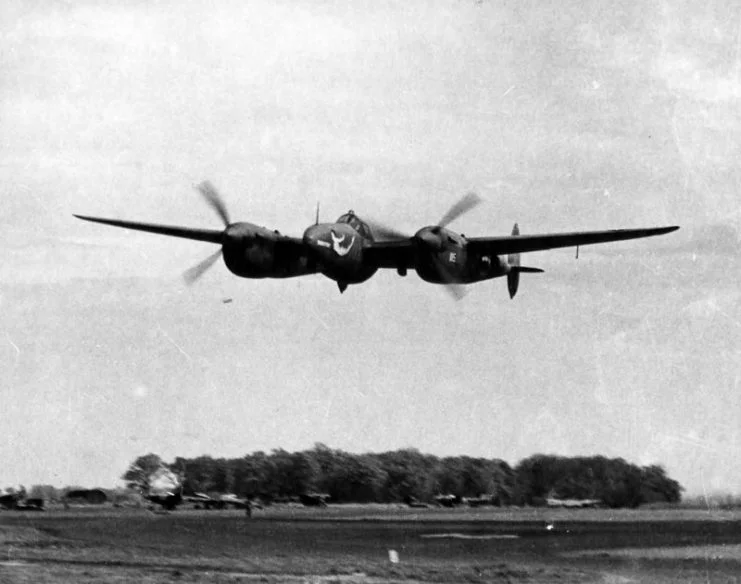 22nd Photo Recon Squadron.
22nd Photo Recon Squadron.
 Recon camera on a P-38
Recon camera on a P-38
 The Allison V-1710 powered most U.S. Army fighters in World War II, including the Lockheed P-38
The Allison V-1710 powered most U.S. Army fighters in World War II, including the Lockheed P-38
 Great close up of the firepower of the P-38
Great close up of the firepower of the P-38
 Richard Bong and his P-38 Lightning Marge
Richard Bong and his P-38 Lightning Marge
 P-38J-10-LO Lightning 42-67842 with bazooka rocket tubes squadron number 4 of the 459th Fighter Squadron
P-38J-10-LO Lightning 42-67842 with bazooka rocket tubes squadron number 4 of the 459th Fighter Squadron
 P-38L Lightning 18th Fighter Group in combat
P-38L Lightning 18th Fighter Group in combat
 Mechanics work on an Allison V-1710 V12 engine from a P-38. This engine was well liked and performed great in the P-38, but is often regarded as inferior to the Rolls-Royce Merlin.
Mechanics work on an Allison V-1710 V12 engine from a P-38. This engine was well liked and performed great in the P-38, but is often regarded as inferior to the Rolls-Royce Merlin.
 P-38J being armed with rockets – 459th FS.
P-38J being armed with rockets – 459th FS.
 P-38 Lightning Maintenance Burtonwood England
P-38 Lightning Maintenance Burtonwood England
Hot news:
Hot news:
News
The “Red Zone” – Land Still Abandoned Due to the Dangers Left by the First World War
The “Red Zone” – Land Still Abandoned Due to the Dangers Left by the First World War In the aftermath of the First World War, large areas of northeast France were left in ruin. Years of constant siege warfare along…
Before Becoming a Big-Name Actor, Richard Todd was a Paratrooper Who Fought at Pegasus Bridge
Before Becoming a Big-Name Actor, Richard Todd was a Paratrooper Who Fought at Pegasus Bridge Photo Credit: 1. Sgt. Christie, No. 5 Army Film & Photographic Unit / Imperial War Museums / Wikimedia Commons / Public Domain 2. Silver Screen…
The Potsdam Giants: A Prussian Infantry Regiment Of Nothing But Very Tall Soldiers
The Potsdam Giants: A Prussian Infantry Regiment Of Nothing But Very Tall Soldiers Frederick William I inspecting his giant guards known as The Potsdam Giants, a Prussian infantry regiment No 6, composed of taller-than-average soldiers. Frederick William I of Prussia,…
Ellen DeGeneres cuts a very casual figure as she drives around in her Ferrari
Ellen DeGeneres cuts a very casual figure as she drives around Montecito in her Ferrari… while preparing to embark on her stand-up tour Ellen DeGeneres cut a very casual figure as she made her way around Montecito on Tuesday morning. The…
“I’m heavily tattooed and keep getting rejected for jobs – it’s not fair”
Heavily tattooed OnlyFans star, 23, with multiple piercings on her FACE slams TJ Maxx for rejecting her for a job – accusing retailer of unfairly judging her dramatic look A woman has accused TJ Maxx of rejecting her for a…
All 75 passengers killed in plane crash after pilot let his chirldren control the plane
Praying, turning the engine off by accident and letting KIDS play with the controls: The worst blunders made by pilots before a crash revealed Every time we board a plane, we put our lives in the hands of the pilot….
End of content
No more pages to load


